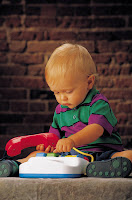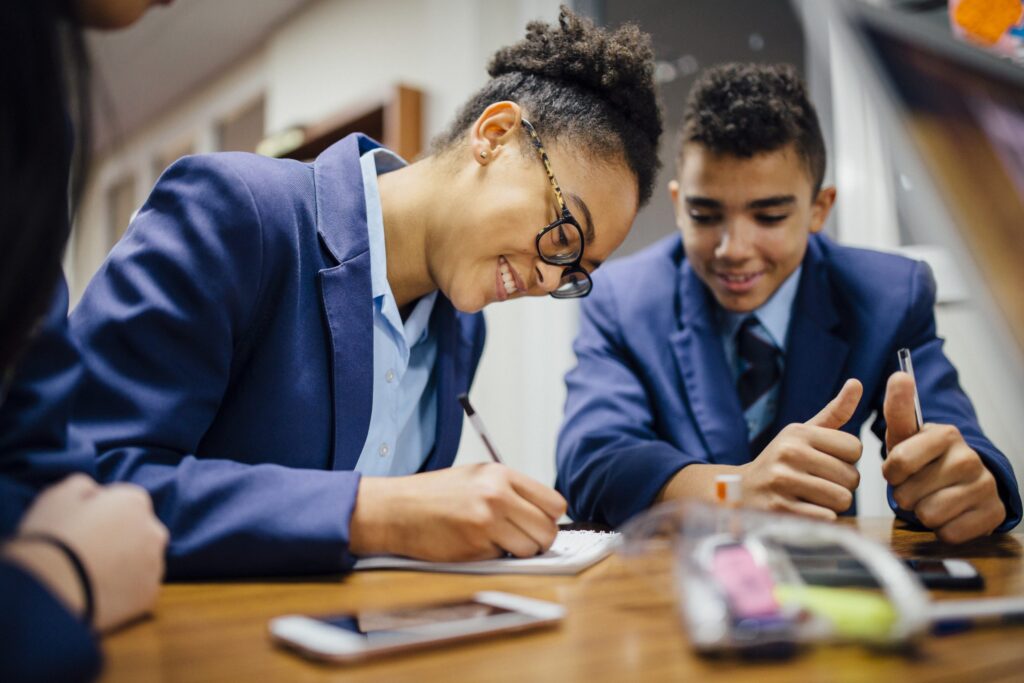The final report on the review of the Early Years Foundation Stage (EYFS) is due to be published in April this year. One of the key proposals involves a change from the current 6 areas of learning to 7 areas, split into 2 groups: “prime” and “specific”.
The 3 PRIME areas of learning would be:
•Personal, Social and Emotional Development (PSED)
•Communication and Language (CL)
•Physical Development (PD)
The 4 SPECIFIC areas of learning would be:
•Literacy (L)
•Mathematics (M)
•Understanding of the World (UW)
•Expressive Arts and Design (EAD)
Highlighting Communication and Language as a prime area, distinct and separate from Literacy, represents a significant change and emphasises the importance of effective communication with children. This is a very important component of both the Level 2 Certificate and Level 3 Diploma for the Children and Young People’s Workforce.
Particularly:
Level 2
Unit TDA 2.7 Maintain and Support Relationships with Children and Young People
Unit SHC 21 Introduction to Communication in Health, Social Care or Children’s and Young People’s Settings
Level 3
Unit CYP 3.5 Develop Positive Relationships with Children, Young People and Others Involved in their Care
Unit SHC 31 Promote Communication in Health, Social Care or Children’s and Young People’s Settings
Young students can often struggle with the concept of appropriate communication with children, for a variety of reasons, including:
- they often feel self-conscious or silly when communicating with young children, particularly babies
- they may have different experiences of communication with significant adults in their own lives
- their lives can be dominated by electronic communication and social networking, often to the detriment of real, face-to-face communication
The attached sheet (Communicating with Children – download this here) can be a useful starting point for your students to reflect on their practice in placement and share examples with each other. Communication techniques can be further explored by using practical diversions like puppets.
I have recently been involved in teaching a group of single, teenage mums with their babies. We have been focusing on developing strong attachment relationships, the importance of playful communication and parent/child interaction, (giggling, tickling games, blowing ‘raspberries’ etc.). The young mums were all extremely self-conscious and very resistant and the session seemed doomed to failure. As a last resort, I decided to help them make simple puppets, which they could then use to communicate and interact with their babies. This made a world of difference and by the end of the session, the young mums were playing and laughing with themselves as well as with their babies.
Your students can easily make simple puppets in the classroom, using socks, gloves/mittens, cardboard or paper plates and craft sticks. Some examples can be found at:
http://www.teacherhelp.org/puppets.htm
http://montessoribyhand.blogspot.com/2008/02/puppets-on-stick.html
http://www.eduplace.com/hac/pdf/puppet.pdf
Your students could then use their puppets to communicate playfully with each other and think about how they might use puppets to communicate with children in their placement or work setting, for example:
- to communicate with a baby
- to encourage a shy child
- to comfort a child who is upset
- to use at story time with a group of children
Students could use this experience both to help them generate evidence and prepare for practical assessment in the real work environment at different levels, for example:
L2: Unit SCH 21 (AC 2.2 and 3.2); Unit TDA 2.7 (AC 1.1 and 1.2)
L3: Unit SHC 31 (AC 2.3 and 3.3); Unit CYP 3.5 (AC 1.2 and 1.3)
Janet Stearns
Lecturer in Early Childhood Studies, former Lead Examiner for CACHE



